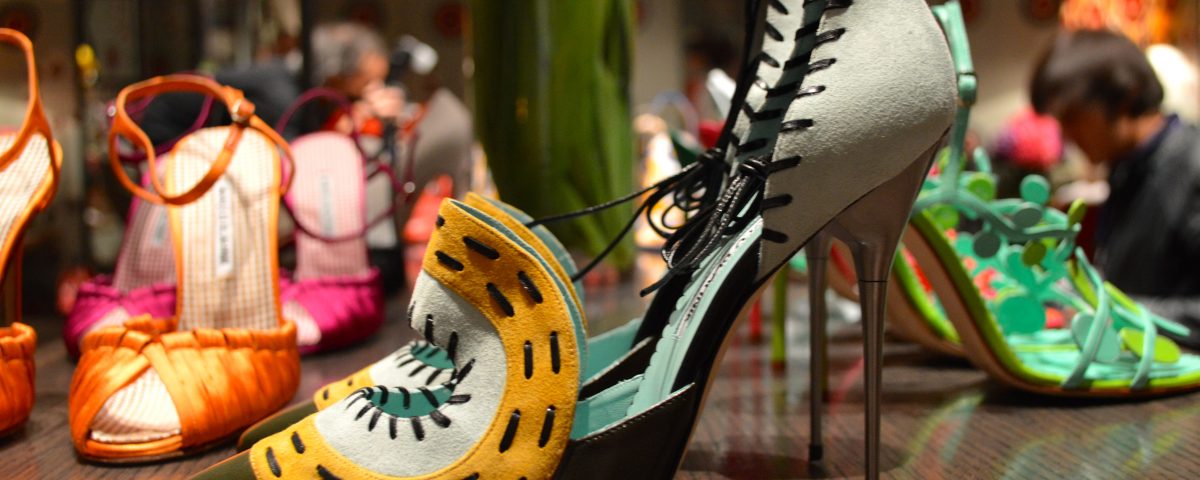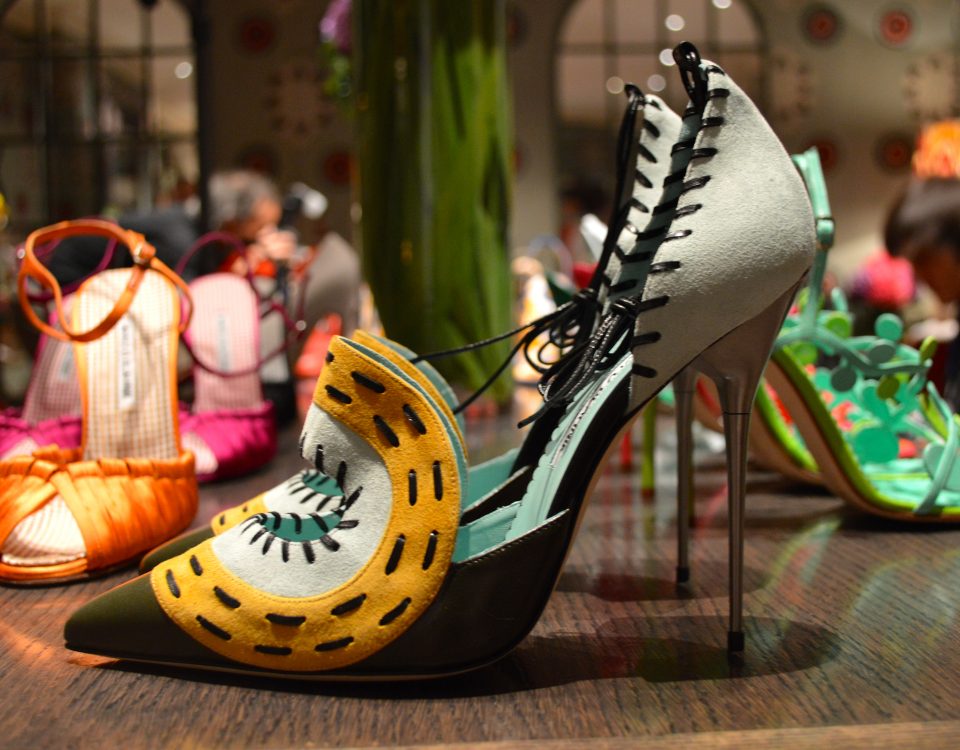The Weekly Standard: Global Glamour & Global Trade
The Washington Times: Go Against the Trends at Adams Morgan Day
September 6, 2013The Washington Times: Chinese New Year Kick-Off and Other Weekend Picks
January 24, 2014In the midst of my recent travels in Asia, I’d forgotten that I had attended London Fashion Week in September until my article was published in this week’s Weekly Standard, available in the print magazine and online.
This was the perfect year to take another look at the intersection of fashion and politics in England’s capital, since the United States and European Union officially began negotiations for a comprehensive free trade agreement just a few months prior. (Actually, the second round had been scheduled to begin on October 7th, just after the four major fashion weeks, but the event was yet another casualty of the asinine U.S. government shutdown.) It’s clear, however, that such a trade agreement would have wide-reaching positive effects on both the U.S. and EU economies, as well as the global fashion industry from the fast-fashion behemoth Topshop to the independent American jewelry designer working in London. After all,
An ambitious transatlantic agreement would also lead to job growth on both sides of the pond, as companies would have easier access to new markets: A study just released by the Bertelsmann Foundation and the Atlantic Council estimates that the United States alone would see net employment gains of almost 750,000 jobs.
Such an agreement, moreover, would be especially important to the fashion industry, which is taxed at a comparatively high rate: The average tariff is under 3 percent in both the United States and the EU, but the average tariff on apparel is 15 percent in the United States and 12 percent in the EU…
Read the whole thing to learn why trade policy should embrace the global marketplace already at work in the fashion industry–and to learn about some marvelous Manolo Blahniks for next spring, too.






